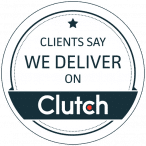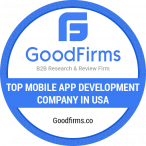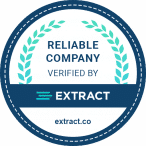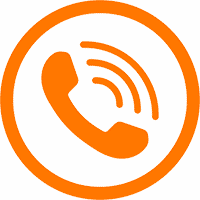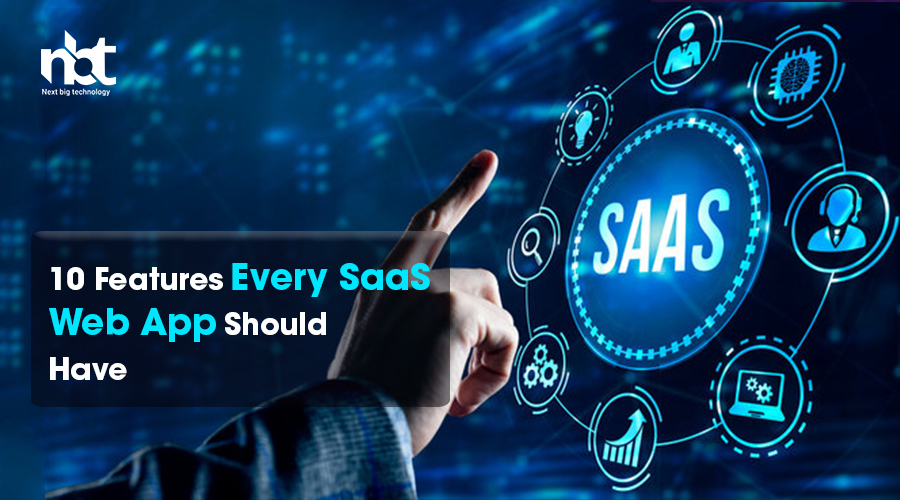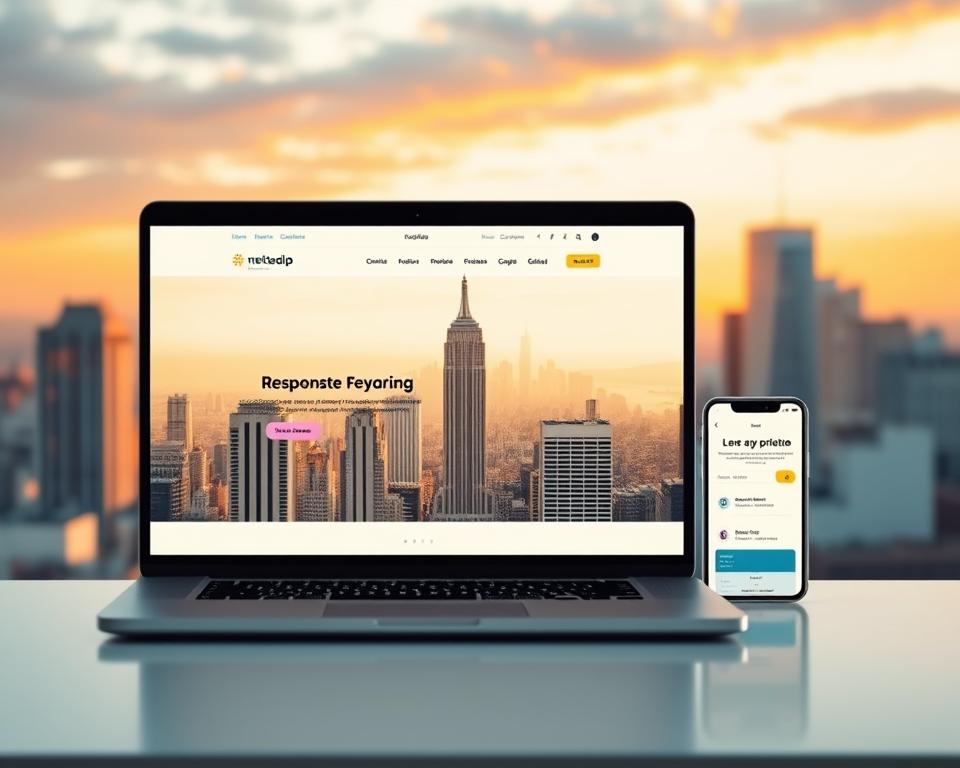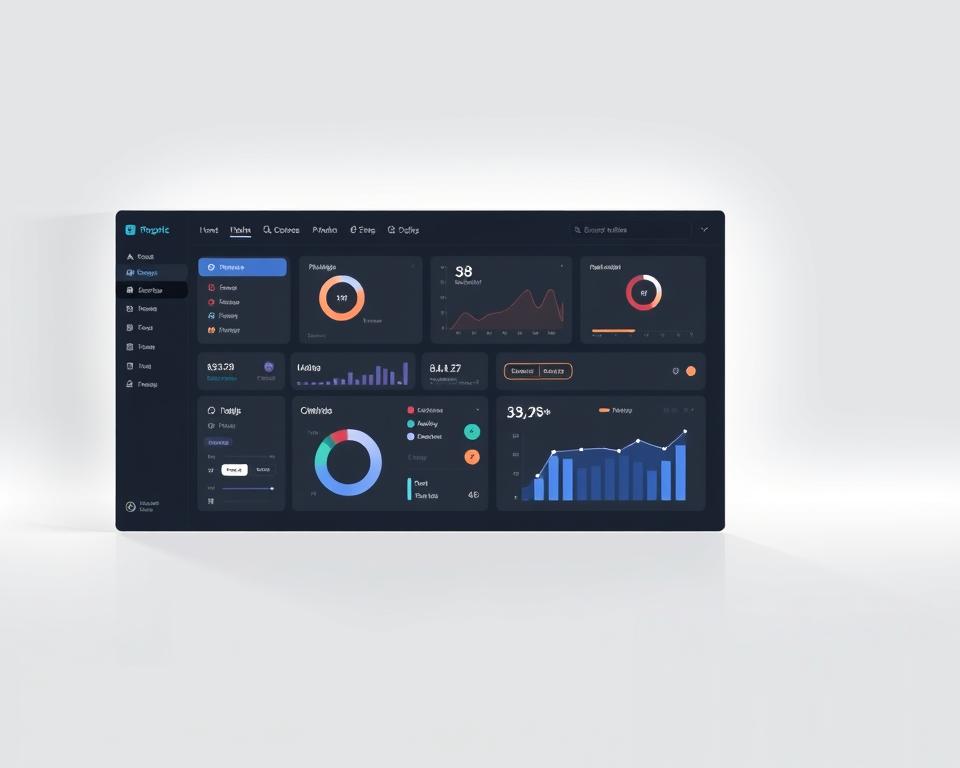In today’s competitive SaaS landscape, having the right cloud-based software features is crucial for the success of your web application.
A well-designed SaaS application can improve performance, usability, and customer satisfaction. This leads to business growth.
This article will explore the top features that every SaaS web app should have. We’ll look at the importance of each feature. And how they contribute to a seamless user experience.
Table of Contents
Key Takeaways
- Essential features for a successful SaaS web application
- Improving performance and usability
- Enhancing customer satisfaction
- Driving business growth with the right features
- Staying ahead of the competition in the SaaS landscape
The Evolving Landscape of SaaS Applications
The world of SaaS apps is changing fast. New trends and innovations keep popping up. This change comes from tech advances, shifting user needs, and the competitive SaaS market.
Current Market Trends in SaaS Development
Today’s SaaS market is marked by several trends. These include:
- Increased Focus on User Experience: SaaS apps now focus more on user design. This aims to keep users engaged and coming back.
- Integration and Interoperability: Users want apps that work well with other tools and platforms.
- Advanced Security Measures: With more data breaches, SaaS apps are adding strong security features.
Why Feature Selection Matters for SaaS Success
Choosing the right features is key for SaaS apps. It affects user happiness, how often they come back, and the app’s earnings.
Key considerations for feature selection include:
- Understanding what users need and want
- Looking at what competitors offer and market trends
- Choosing features that match your business goals
By picking and using the right features, SaaS providers can stand out. They can also boost user interaction and grow their business.
User Authentication and Security
SaaS apps are getting more advanced, and security is key. In today’s world, keeping data safe is a top goal. User authentication is the first step in protecting against threats.
Multi-Factor Authentication Options
Multi-factor authentication (MFA) is vital for better user security. It asks for two or more ways to prove who you are. This could be a password, a smartphone app, or biometric data.
Single Sign-On Integration
Single Sign-On (SSO) makes logging in easier. It lets users access many apps with just one set of login details. This makes things simpler for users and cuts down on password management.
Data Encryption Standards
Data encryption is a must for SaaS security. It turns plain text into unreadable code to keep it safe. There are two main types:
At-Rest Encryption
At-rest encryption keeps data safe on devices or servers. Even if someone gets physical access, they can’t read the data without the right key.
In-Transit Encryption
In-transit encryption protects data as it moves over networks. HTTPS is a common way to do this, keeping data safe and secure during its journey.
Security experts say encryption is essential for keeping data safe. It protects data both when it’s stored and as it moves. Adding these security steps can make your SaaS app much safer.
Responsive and Adaptive Design
Responsive and adaptive design are key in SaaS apps today. They must work well on many devices and browsers. A good app adapts to different screens and devices, giving users a great experience.
Using a mobile-first approach is a smart strategy. Designing for smaller screens first makes sure important content is easy to find. This makes the app better on mobile and improves the overall design.
Mobile-First Approach
Starting with mobile design is important. First, decide what features and content are most important for mobile. This helps shape the desktop version too. Simple and easy-to-use designs work well on all devices.
Cross-Browser Compatibility
It’s vital for SaaS apps to work on many browsers. Testing on different browsers helps find and fix problems. This ensures the app looks and works the same everywhere.
Accessibility Compliance
Following accessibility rules is also crucial. Guidelines like WCAG 2.1 help make apps usable for everyone. This makes the app better for people with disabilities and makes the internet more inclusive.
In summary, responsive design, a mobile-first approach, and accessibility are key for SaaS apps. They help meet the needs of all users. By focusing on these areas, developers can make apps that are easy to use and successful.
Customizable User Dashboard
Customizing a user dashboard is now essential for SaaS apps. It’s not just a nice-to-have. A customizable dashboard lets users tailor their interface. This makes it more intuitive and relevant to their needs.
Widget-Based Interfaces
A widget-based interface is key for a customizable dashboard. It lets users add, remove, or rearrange widgets as they like. For example, a user might focus on widgets for key performance indicators or important notifications.
User Preference Management
Effective user preference management is vital for a customizable dashboard. It lets users save their preferences and settings. This ensures their personalized dashboard stays the same across sessions. Users can customize layout, colors, and default views.
Data Visualization Options
Data visualization is crucial for a customizable dashboard. It makes the dashboard informative and engaging. SaaS apps can offer various data visualization tools like charts, graphs, and tables.
Experts say, “Data visualization is not just about presenting data; it’s about telling a story that drives action.” By offering customizable data visualization, SaaS apps can improve user engagement. They help users make data-driven decisions.
Robust Search Functionality
The search feature in a SaaS web app is more than just finding data. It’s about making the user experience smooth. A good search function helps users find what they need fast. This boosts productivity and makes users happier with the app.
To make this happen, some key features are needed. Advanced filtering capabilities let users refine their search by specific criteria. This makes finding the right info easier.
Advanced Filtering Capabilities
Advanced filtering gives users options to filter search results. They can filter by date, category, or specific data attributes. This is super helpful in big datasets where simple searches can bring up too much.
Predictive Search Features
Predictive search features guess what you’re looking for as you type. They offer suggestions, making searches quicker and less prone to mistakes. They also help with spelling and suggest related terms.
Search Analytics for Optimization
Search analytics are key to knowing how users use the search feature. By looking at search queries and paths, developers can make the search better. This ensures it meets user needs better.
| Feature | Description | Benefit |
|---|---|---|
| Advanced Filtering | Allows users to narrow down search results based on specific criteria | More precise search results |
| Predictive Search | Provides suggestions as users type their search queries | Faster and more accurate searches |
| Search Analytics | Analyzes user search behavior to optimize the search feature | Improved user experience through data-driven enhancements |
By adding these features, SaaS apps can greatly improve their search. This makes the app more intuitive and friendly for users.
Seamless Third-Party Integrations
Integrating with external services is key for modern SaaS apps. This makes the app more useful and valuable. It adds features that users want.
API Development and Documentation
A good API is essential for integration. It lets developers use the app’s data for new integrations. Clear API documentation helps developers use the API well.
When making an API, think about security, scalability, and ease. This makes the API strong and easy to use. It encourages more integrations.
Popular Integration Points
SaaS apps can link with many services, like CRM systems and payment processors. These links make workflows smoother and data more consistent. They also make the app more efficient.
CRM Systems
CRM integrations help manage customer data and sales. Salesforce and HubSpot are popular for this. They help keep customer relationships strong.
Payment Processors
Payment gateway integrations make transactions safe and easy. Stripe and PayPal are good choices. They make paying easier and increase sales.
Marketing Automation Tools
Marketing automation integrations help manage marketing efforts. Marketo and Mailchimp are top picks. They help personalize and automate marketing.
By focusing on smooth integrations, SaaS apps become more valuable. This leads to more users and happier customers.
Automated Billing and Subscription Management
In today’s SaaS world, automated billing and subscription management are essential. Businesses need efficient billing systems to keep their revenue flowing. This is more important than ever.
Flexible Pricing Models
Automated billing systems offer flexible pricing models. This lets SaaS providers try out different pricing plans. They can use tiered pricing, usage-based billing, or freemium models to see what works best.
By offering various pricing options, businesses can attract more customers. This includes individuals and large companies, helping them grow their market.
Payment Gateway Options
A good automated billing system works well with many payment gateways. This gives customers lots of ways to pay. It makes the shopping experience better and lowers cart abandonment rates.
Integrating with Stripe, PayPal, and Authorize.net makes transactions smooth. It also meets different customer payment preferences.
Subscription Analytics and Reporting
Automated subscription management also provides subscription analytics and reporting. These tools give businesses insights into customer behavior and subscription metrics. They help spot trends for better pricing and product development.
Using these insights, SaaS providers can improve their offerings. They can keep customers longer and grow their revenue.
Effective automated billing and subscription management are key to SaaS success. By using flexible pricing, integrating with many payment gateways, and analyzing subscriptions, businesses can build a strong revenue engine.
Customer Support and Service Features
In the competitive SaaS world, great customer support stands out. It’s key for building trust and satisfaction. This leads to the success of a SaaS app.
In-App Chat Support
In-app chat support lets users get help right away without leaving the app. It’s vital for quick issue solving and better user experience. Adding this feature boosts satisfaction and lowers churn rates.
Knowledge Base and Documentation
A good knowledge base and documentation help users solve common problems. They also learn how to use the app. This empowers users and lightens the support team’s load.
Ticket Management Systems
Ticket management systems are key for organizing support requests. They make sure issues are solved quickly and efficiently.
Priority-Based Routing
Priority-based routing means urgent issues get fast attention. Less urgent ones get handled too. This smart approach manages support resources well and speeds up responses.
SLA Management
SLA (Service Level Agreement) management sets clear response and resolution times. It’s vital for keeping customers happy and trusting your service.
| Feature | Description | Benefits |
|---|---|---|
| In-App Chat Support | Immediate assistance within the app | Improved user experience, reduced churn |
| Knowledge Base | Comprehensive resources for users | Empowers users, reduces support workload |
| Ticket Management | Organized support request handling | Efficient issue resolution, improved response times |
By adding these customer support features, SaaS providers can greatly improve user experience. This leads to more loyal and retained customers.
User Onboarding and In-App Guidance
SaaS apps need a smooth onboarding to keep users and boost engagement. A good onboarding helps users start using the app fast and easy.
Interactive Tutorials and Walkthroughs
Interactive tutorials and walkthroughs are key for a great onboarding. They show users the app’s main features and how to use them. With interactive elements like tooltips and step-by-step guides, apps can make learning easier for new users.
- Improve user understanding of complex features
- Reduce friction and enhance the overall user experience
- Increase user engagement and retention
Contextual Help Systems
Contextual help systems give users help when they need it most. They offer relevant help content right in the app. This way, users can solve problems or learn new things without leaving the app.
Progress Tracking Mechanisms
Progress tracking lets users see how far they’ve come in the onboarding. It keeps users engaged by showing what they’ve done and what’s left. This makes users feel accomplished and clear about their progress.
By adding these features, SaaS apps can make a great onboarding experience. This experience delights users and prepares them for long-term success.
Comprehensive Analytics and Reporting
In today’s SaaS world, strong analytics and reporting are a must, not just a nice-to-have. They help you understand how users behave, improve your product, and grow your business.
User Behavior Tracking
Tracking user behavior is key in SaaS analytics. It shows how users interact with your app, like which features they use most. This info helps you see where you can make things better for your users.
Key metrics to track include:
- Time spent on specific features
- How often users use different parts of your app
- Where users go in your app
- Where users tend to leave your app
Custom Report Generation
Creating custom reports lets businesses get deep insights from their app’s data. By making reports that fit their needs, companies can focus on what’s most important to them.
Benefits of custom reports include:
- Deeper analysis of important metrics
- Better decision-making
- More efficient operations
Data Export Capabilities
Being able to export data is vital for deeper analysis and reporting outside your app. This lets businesses use their data with other tools and systems.
CSV and Excel Formats
Being able to export data in CSV and Excel formats is key. These formats work well with many analysis tools, making it easier to dive deep into your data.
API Access to Analytics
API access to analytics data lets businesses link their app’s analytics with other systems. This is great for making custom dashboards and reports that use data from different places.
| Data Export Format | Primary Use | Compatibility |
|---|---|---|
| CSV | Raw data analysis | High |
| Excel | Detailed reporting | High |
| API Access | Integrated analytics | Custom |
Adding comprehensive analytics and reporting to your SaaS app helps you understand your users better. It’s all about tracking user behavior, making custom reports, and exporting data. These features are crucial for staying ahead in the SaaS market.
Scalable Infrastructure and Performance
It’s key to make sure your SaaS app can grow with demand. A scalable setup means your app can handle more users without slowing down. This keeps your app fast and reliable.
Load Balancing Strategies
Load Balancing Strategies help spread out work across many servers. This makes your app faster and more available. By using load balancing, you avoid one server getting too busy.
Choosing the right algorithm is important. You can use Round-Robin, Least Connection, or IP Hash.
Caching Mechanisms
Caching Mechanisms are vital for a scalable setup. They store often-used data in memory. This cuts down on database queries, making your app quicker.
There are different caching strategies. You can use page caching, fragment caching, or database query caching.
Database Optimization Techniques
Database Optimization Techniques keep your app fast as it grows. This includes indexing, partitioning, and optimizing SQL queries. These steps reduce delays and make data easier to get.
By using these methods, SaaS apps stay fast and reliable. This leads to happier users and more satisfied customers.
Implementation Strategies for SaaS Features
To get the most out of SaaS apps, companies need to think about their implementation strategies carefully. A good plan helps new features work well together. This makes users happy and helps the business grow.
Phased Rollout Approaches
Using a phased rollout strategy is smart. It lets businesses add new features little by little. This way, they can avoid big problems and help users learn and get support better.
Build vs. Buy Decisions
Companies have to decide whether to build or buy new SaaS features. This choice depends on things like cost, who has the right skills, and what’s most important for the business.
“The key to successful SaaS implementation lies in understanding the trade-offs between building custom solutions and leveraging existing products.”
Resource Allocation Guidelines
Getting the right resource allocation is key for SaaS feature success. It means figuring out who, what, and how much money and tech you need for the rollout.
With good planning and execution, businesses can make sure their SaaS apps are valuable. This leads to happy users and success in the long run.
Measuring Feature Success and ROI
It’s important to check how well your SaaS features are doing. You need a good system to track key performance indicators (KPIs), get user feedback, and keep improving. This helps your business grow.
Key Performance Indicators
KPIs are numbers that show how well your SaaS features are doing. They include things like how many people use them, how engaged they are, and how much money they make. By watching these numbers, you can see what’s working and what’s not. This helps you make better choices for your features.
User Feedback Collection Methods
Getting feedback from users is key to knowing if your features meet their needs. You can use surveys, in-app feedback tools, or even talk to users directly. This feedback is gold for making your features better.
Iterative Improvement Processes
Improving your SaaS features bit by bit is a smart move. It means using what you learn from data and user feedback to make things better. This keeps your product ahead of the game and meets user needs, leading to success and good returns over time.
Conclusion
Getting the right features is key for SaaS success. By focusing on the essential features, businesses can boost customer satisfaction. This leads to long-term growth.
Feature implementation is an ongoing process. It needs constant improvement to stay competitive. The SaaS world keeps changing, so staying ahead is crucial.
By putting customers first and using data, businesses can improve their SaaS apps. This makes users happy and loyal. It drives success in the SaaS world.
